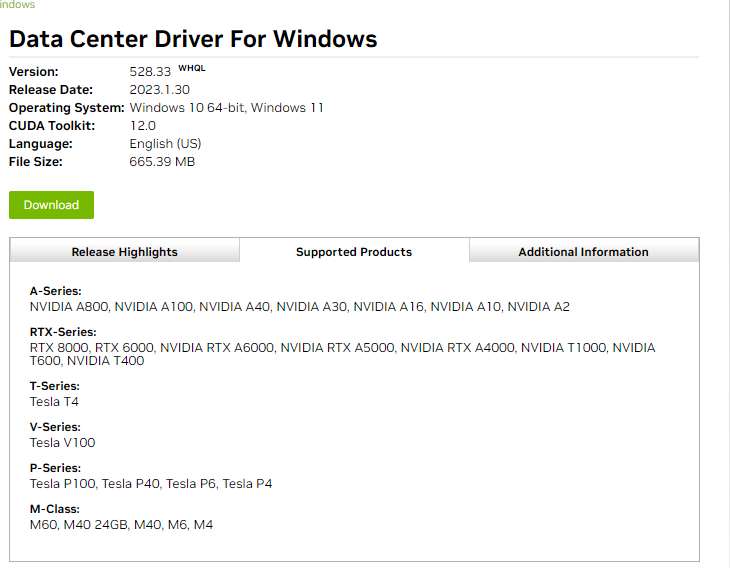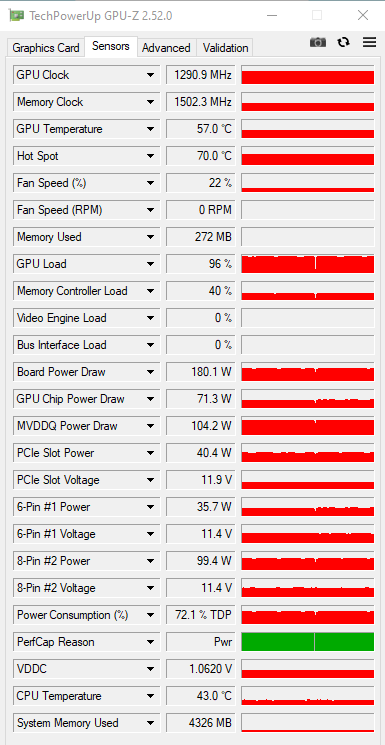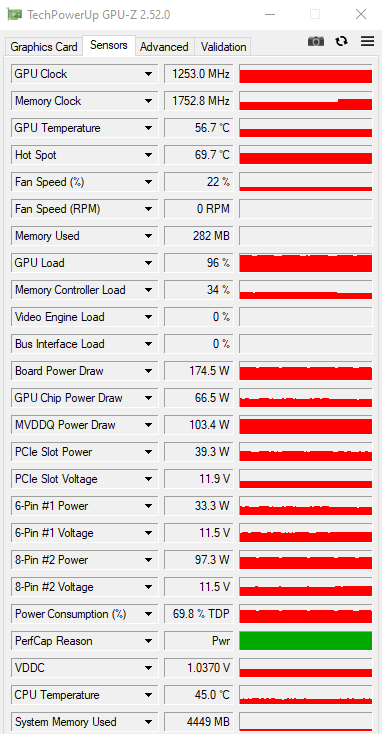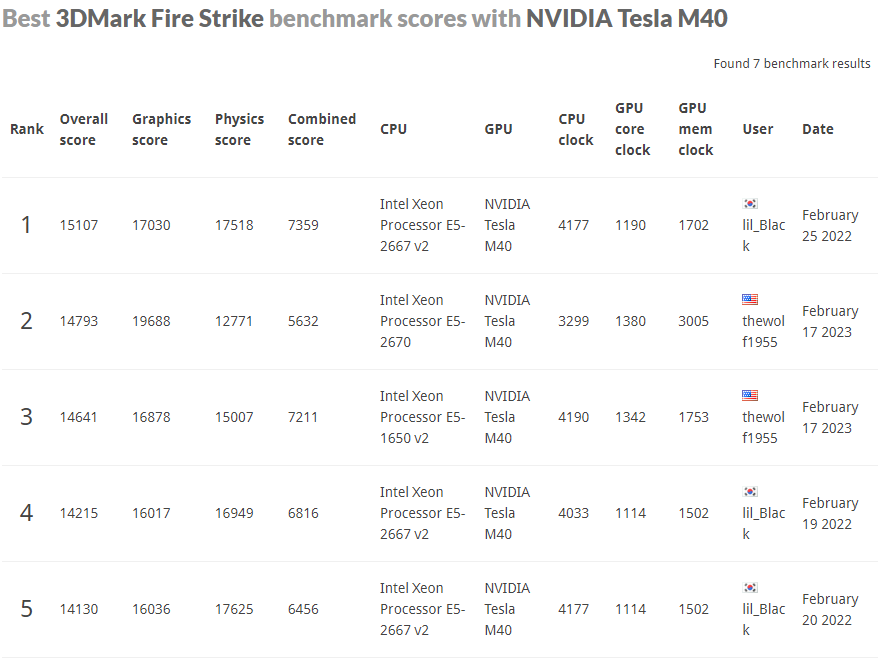In my search it was the NVIDIA TESLA K40C with active cooling that was used and Quadro cards in Z620. So the front case fan wasn’t a real way to cool a card without active cooling. I’m sure it helped because it does push a lot of air even at 2 steps down from the max speed.
Mahahaha look what I got… ![]()
This is all fake I was testing the driver a few post back and the closest I could find to a M40 was that, using a manual install. Did a few heaven benchmarks but the results was the same as before. It did look smoother, but the scores was the same.
What did utilization look like on both cards during the test? Probably one sided
Yes, I even tried different regedit numbers for each M40 it just used one card no matter the setting.
Edit: I don’t even get the NVIDIA Control panel. but I was able the get the NV app to work as you can see.
The driver doesn’t have M40 support, so it wouldn’t install normally.
Manual install was the only way
How is your testing coming along? Find anything interesting we should know about?
528.49 is out since I’m using the Quadro K2200 as a display out now and also has the M40 or at least the last one did.
hmm these don’t seem to work
Is that the latest that supports SLi with different sli auto? I was trying again just today to make DSA work, but I can’t seem to find 1.7 ver. 1.4 is all I can find.
Edit sorry the above was supposed to be K2200. lol
no idea but it supports all 3 generations albeit older
at current this is the latest shared driver for maxwell/pascal that is shared between quadro/geforce/tesla
Honesty, nothing particularly interesting. It just… works… I did have some issues on the Ryzen APU. I was getting a ton of hitching and stuttering. The APU was constantly dropping its frequency when it “wasn’t being used,” and then would shoot back up to base frequency. Since all the graphics are going through the CPU, the video output was atrocious. I ended up locking the voltage and clocks on the APU to their base levels, which smoothed out everything almost entirely. I’m doing some testing now on a dual dGPU (HD5450 that I had lying around & the P4) with a Xeon CPU to see if that’s a more stable configuration out of the box. Plus to make sure with the GRID driver you don’t have to do registry edits. After this I’m going to throw another Pascal GPU on the test bench with it and see if the same driver will work for both… I’d imagine it should.
Some interesting stuff. Looks like you’re having some fun now that you have the other issues worked out.
I just got done with a mod to a Quadro M6000 v-bios to try on my Tesla M40.
I hope everything goes well with the flash. I’ll report back if all goes well.
Still, about an hour left before the work it’s doing completes, so ATM it’s a waiting game.
It should work fine but doubt there is any benifit from doing unless it unlocks sli
I did test with a 1070 nd k2000 for the passthrough card with a k40 that works fine once set in the reg as ms 1 and ms 2 never had to set anything again the tesla k40 also worked really well and physx card along side the 1070 worked super well
As for the graphics are going through the apu not the cpu in a apu set up the graphics cores are handling the frame data from the deticated compute card and ouputting it if there isnt enough apu it will hold the tesla back and the apu will need enough vram dedicated to it as well not sure how much but it needs some so could try giving the apu more ram might help with the clock stability
I worked with the M6000 bios last night some, but reached a point I couldn’t seem to locate to make the flash work. So at this time I went back to my old mod bios that is working well and has more OC options than the M40/Titian X mod bios I found at TPU. Only thing I didn’t like about it was the fact they locked the voltage @ 1.13v the OC was also locked at 1380Mhz core. With the one Poet129 and I worked on voltage is much lower and core clock can be just as high, but you have to use nvidia-smi and AB or EVGA software to get the desired OC. Below is a SS of how it set with a clean boot while under a full load of F@H. It started off at 1303Mhz and dropped off to 1291Mhz after a short while, but the voltage is no were near 1.13v and folds stable at 1.062v or I can tweak memory w/ nv-smi and get the 2nd SS clocks. I may work with the M6000 bios more at a later date.
D:\NVFlash_Certs_Bypassed_v5.287_x64>nvflash --list
NVIDIA Firmware Update Utility (Version 5.287.0)
Modified Version By Joe Dirt
NVIDIA display adapters present in system:
<0> Quadro K2000 (10DE,0FFE,103C,094C) H:--:NRM S:00,B:03,D:00,F:00
<1> Tesla M40 (10DE,17FD,10DE,1171) H:--:NRM S:00,B:05,D:00,F:00
D:\NVFlash_Certs_Bypassed_v5.287_x64>nvflash -i 1 -6 M6000M2.rom
NVIDIA Firmware Update Utility (Version 5.287.0)
Modified Version By Joe Dirt
Checking for matches between display adapter(s) and image(s)...
Adapter: Tesla M40 (10DE,17FD,10DE,1171) H:--:NRM S:00,B:05,D:00,F:00
WARNING: None of the firmware image compatible Board ID's
match the Board ID of the adapter.
Adapter Board ID: EA06
Firmware image Board ID: EA01
ERROR: Board ID mismatch
Not bad!!





